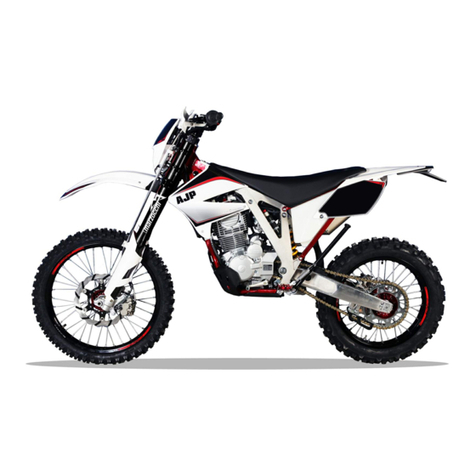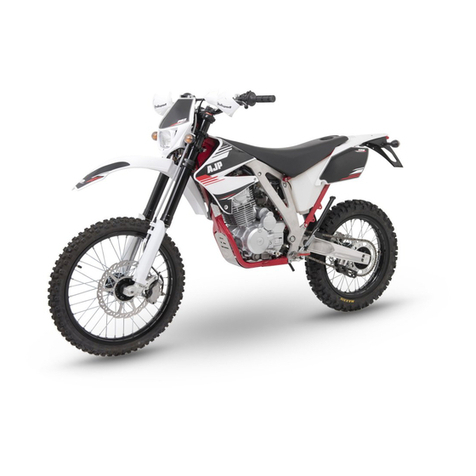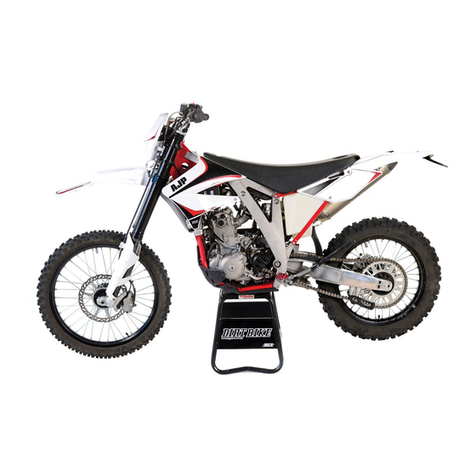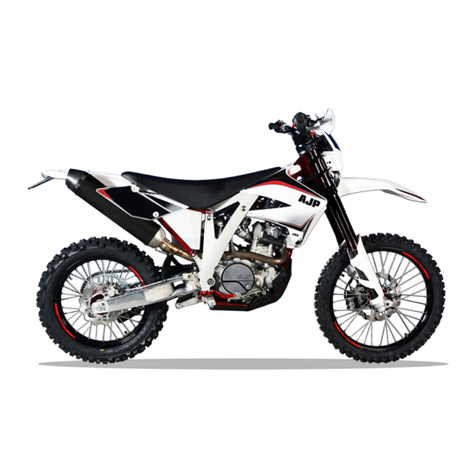
vii
CHECKING COOLANT LEVEL.........................................................................................................................................................................................................D.7
REPLACING COOLANT LIQUID......................................................................................................................................................................................................D.8
RADIATOR FAN ............................................................................................................................................................................................................................ D.8
CHECKING AND ADJUSTING THE STEERING HEAD BEARINGS......................................................................................................................................................D.9
CLEANING FRONT FORK DUST SEALS...........................................................................................................................................................................................D.9
ADJUSTING FRONT FORK SUSPENSION...................................................................................................................................................................................... D.10
ADJUSTING REAR SUSPENSION.................................................................................................................................................................................................. D.11
ADJUSTING DRIVE CHAIN........................................................................................................................................................................................................... D.12
DRIVE CHAIN MAINTENANCE .................................................................................................................................................................................................... D.13
CONDIÇÃO DOS PNEUS.............................................................................................................................................................................................................. D.14
TIRES PRESSURE......................................................................................................................................................................................................................... D.14
CHECKING SPOKES TENSION...................................................................................................................................................................................................... D.15
BRAKE DISCS.............................................................................................................................................................................................................................. D.16
BRAKE PADS............................................................................................................................................................................................................................... D.16
CHECKING FRONT BRAKE PADS ................................................................................................................................................................................................. D.17
CHECKING REAR BRAKE PADS.................................................................................................................................................................................................... D.17
FRONT BRAKE MASTER CYLINDER ............................................................................................................................................................................................. D.18
CHECKING FRONT BRAKE FLUID LEVEL ...................................................................................................................................................................................... D.18
REFILLING FRONT BRAKE FLUID................................................................................................................................................................................................. D.19
CHECKING REAR BRAKE FLUID LEVEL......................................................................................................................................................................................... D.19
REFILLING REAR BRAKE FLUID ................................................................................................................................................................................................... D.20
CHANGING REAR BRAKE PEDAL POSITION ................................................................................................................................................................................ D.20


































